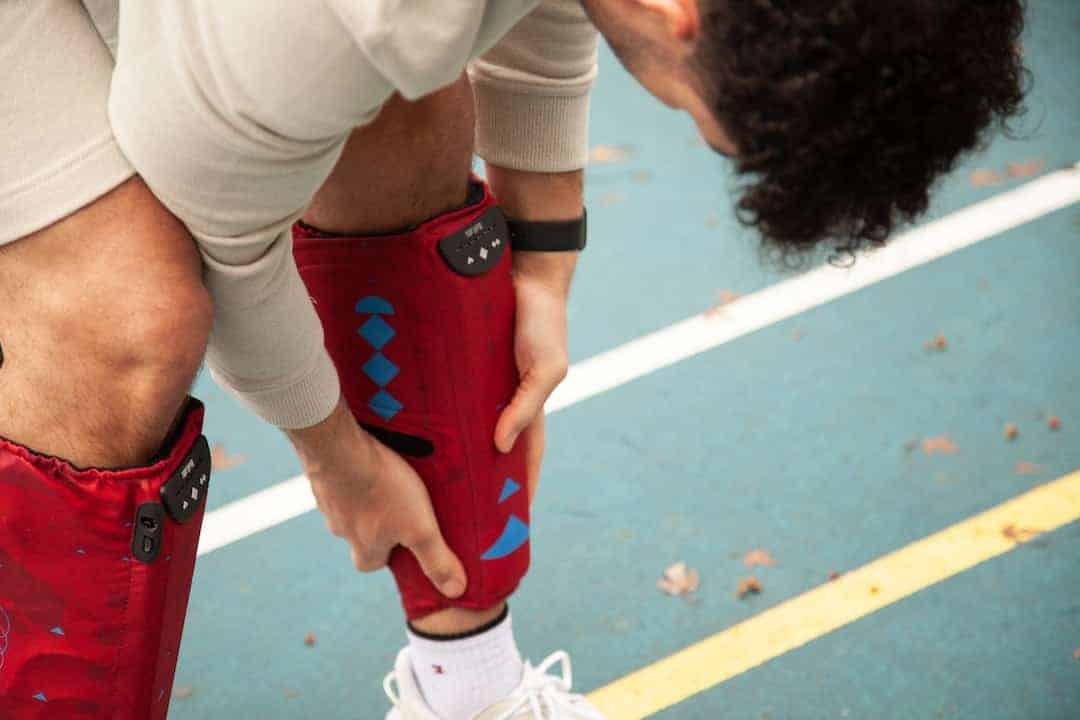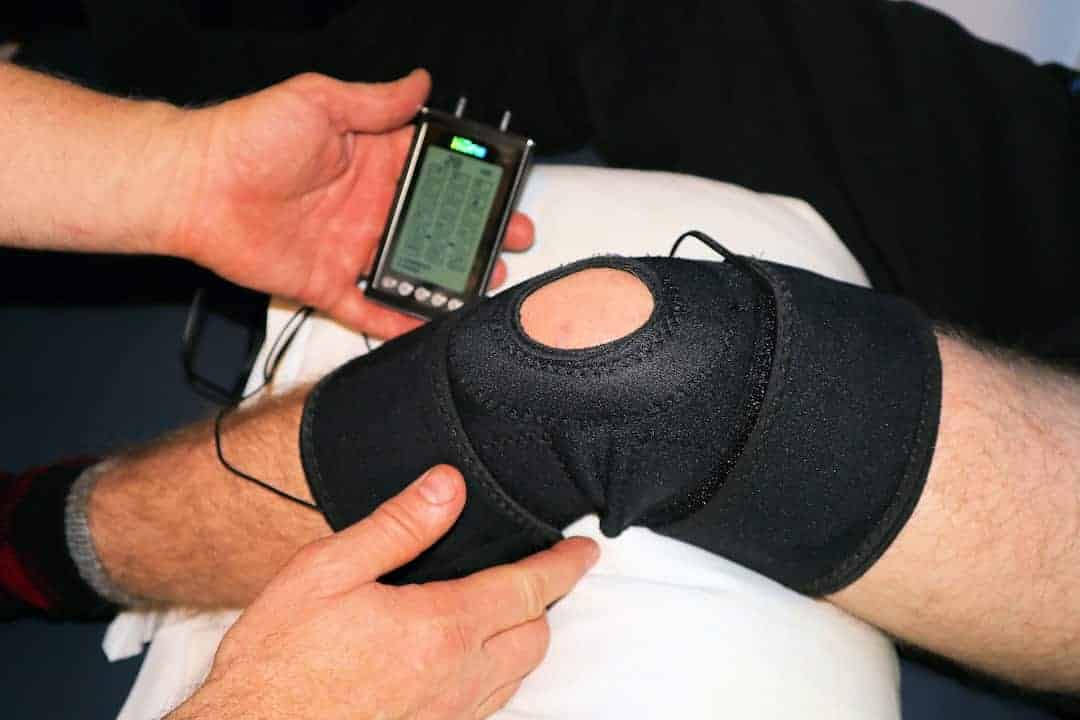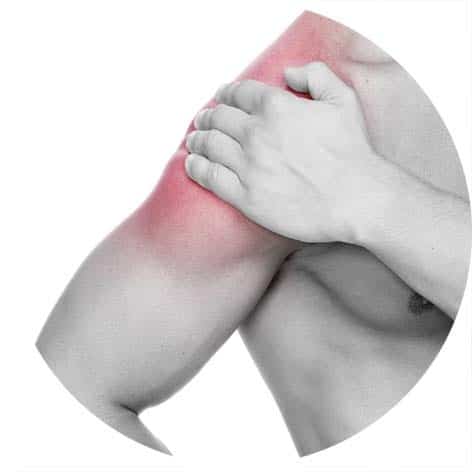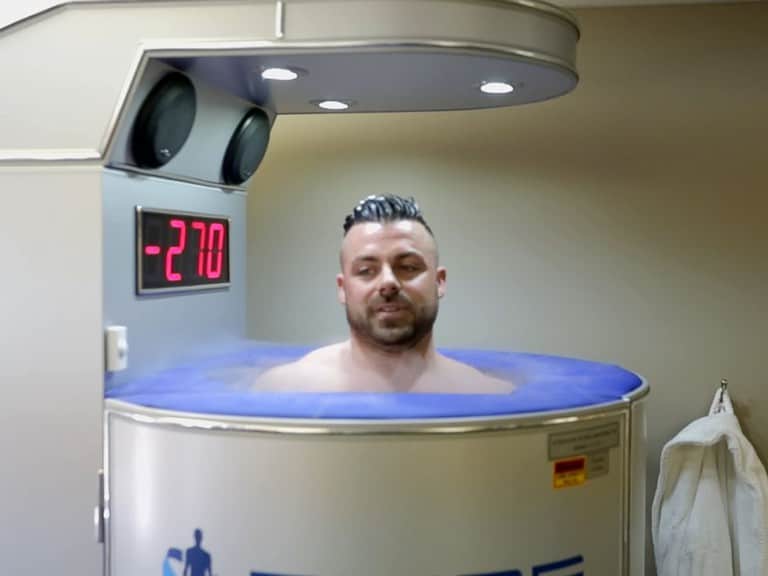Cryotherapy Leg Compression: Enhance Recovery & Reduce Pain
This innovative treatment combines the benefits of cold therapy with dynamic intermittent compression, offering an effective solution for reducing pain and swelling while promoting faster healing. In this comprehensive blog post, we will delve into the science behind the effectiveness of cryotherapy leg compression in alleviating pain and discuss how combining it with active compression therapy can enhance post-surgical outcomes.
Next, you’ll learn about the NormaTec system – an advanced leg compression device that aids post-surgical rehabilitation by providing optimal circulatory health. Finally, we’ll examine the long-term benefits of consistent cryotherapy leg compression therapy in preventing future injuries and maintaining overall wellness.
Table of Contents
- Cryotherapy Leg Compression for Postoperative Recovery
- Enhancing Recovery with Dynamic Intermittent Compression Therapy
- NormaTec System – Advanced Leg Compression Device
- Long-term Benefits of Leg Compression Therapy
- FAQs in Relation to Cryotherapy Leg Compression
- Conclusion
Cryotherapy Leg Compression for Postoperative Recovery
Cryotherapy leg compression is an innovative method that combines the benefits of cryotherapy and dynamic intermittent compression to reduce pain and swelling and improve recovery time following knee surgery or injury. This treatment has been shown to decrease analgesic drug requirements and improve the range of motion in the knee joint.
Benefits of Combining Cryotherapy with Active Compression Therapy
When used together, cryotherapy and active compression therapy offer a powerful combination for postoperative recovery. Cryotherapy helps reduce inflammation by constricting blood vessels, while active compression therapy promotes blood flow through gentle pressure on veins surrounding injured areas. This dual approach not only alleviates pain but also speeds up healing times by enhancing circulation and reducing edema.
Case-Control Study on Anterior Cruciate Ligament (ACL) Reconstruction Patients
- A study published in The American Journal of Sports Medicine compared patients who underwent ACL reconstruction surgery followed by either cryo-compression therapy or traditional ice pack application. Results showed that those receiving cryo-compression experienced significantly less pain at rest as well as during passive flexion exercises within the first three days after surgery.
- In another study conducted among athletes recovering from ACL injuries, researchers found that combining cold therapy with intermittent pneumatic compression resulted in faster return-to-play times compared to using cold packs alone.
How Cryotherapy Reduces Swelling and Alleviates Pain
Cryotherapy works by exposing the body to extremely frigid temperatures for brief durations, which can help reduce inflammation and soothe discomfort in affected areas. It opens blood vessels near the skin’s surface, allowing increased blood flow and reduced pressure within swollen tissues.
The Science Behind Cryotherapy’s Effectiveness
Constricted blood vessels or inflamed tissue is exposed to cold temperatures, thus limiting the flow of blood and reducing swelling and inflammation. Additionally, cryotherapy has been shown to temporarily slow down nerve transmission rates; as a result, patients experience less pain during treatment sessions.
Conditions Where Cryotherapy May Be Beneficial
- Sports injuries: Athletes often use cryotherapy as part of their recovery routine after intense training sessions or competitions.
- Tendinitis: Inflammation of tendons caused by repetitive strain injuries can be alleviated with regular cryo-compression treatments.
- Osteoarthritis: Some studies suggest that applying cold therapy may help manage symptoms associated with osteoarthritis, such as joint stiffness and discomfort during movement.
In addition to these specific conditions, many people use cryotherapy for general wellness purposes – such as improving skin health, boosting mood levels through endorphin release, or even promoting weight loss by increasing metabolic rates post-treatment. However, it is essential always to consult with your healthcare provider before starting any new treatment regimen involving cold therapy applications like those offered within professional-grade cryo-chambers.
Enhancing Recovery with Dynamic Intermittent Compression Therapy
Compression therapy further enhances the effects of cryotherapy by applying gentle external pressure on veins surrounding injured areas. This helps increase overall circulation while giving veins an extra boost toward returning deoxygenated blood back up to the heart.
Principles of Dynamic Intermittent Compression Therapy
Dynamic intermittent compression therapy, also known as pneumatic compression, involves inflating and deflating air chambers within a specialized garment wrapped around the affected limb or body part. The rhythmic inflation and deflation pattern mimics natural muscle contractions, promoting increased blood flow and lymphatic drainage in treated areas. This enhanced circulation aids in reducing swelling, alleviating pain, and expediting recovery from injury or surgery.
The effectiveness of dynamic intermittent compression is attributed to its ability to:
- Increase venous return: By compressing superficial veins beneath the skin’s surface, it forces blood into deeper vein systems where it can be more efficiently returned to the heart.
- Promote lymphatic drainage: The rhythmic squeezing action encourages fluid movement through lymph vessels, helping reduce edema (swelling) caused by excess fluid buildup in tissues.
- Reduce muscle stiffness: Improved circulation delivers oxygen-rich blood to muscles faster while simultaneously removing waste products, such as lactic acid, that contribute to soreness after physical activity or injury.
Types of Injuries Suitable for Combined Cryotherapy-Compression Treatments
- Sprains and strains: Cryotherapy helps reduce inflammation, while compression therapy aids in reducing swelling and promoting faster healing.
- Acute knee injuries: The combination of cold and pressure reduces pain, minimizes swelling, and improves range of motion following injury or surgery such as ACL reconstruction or meniscus repair.
- Shin splints: Cryotherapy alleviates pain caused by inflammation, while compression therapy supports the lower leg muscles to help prevent further injury.
- Plantar fasciitis: Cold therapy numbs the affected area to provide temporary relief from heel pain, while compression encourages blood flow to promote long-term healing.
NormaTec System – Advanced Leg Compression Device
The NormaTec system is a cutting-edge leg compression device designed specifically to promote faster healing times among athletes suffering from injuries or undergoing surgical procedures like total knee replacement surgeries by using compressed air technology to massage arms, legs, or hips gently yet effectively.
Features and Benefits of Using NormaTec Systems
- Pulsed Massage Pattern: The patented pulsing action of the NormaTec system mimics natural muscle contractions, helping to enhance blood flow and lymphatic drainage in affected areas. This results in reduced swelling and improved overall circulation.
- Digital Controls: With user-friendly digital controls, you can easily customize your treatment session by adjusting pressure levels and selecting specific zones on your body that require targeted therapy.
- Portability: Designed with convenience in mind, the lightweight design of NormaTec systems makes them easy to transport.
- Versatility: These advanced leg compression devices are also suitable for individuals experiencing various types of pain related to poor circulation, such as deep vein thrombosis (DVT), varicose veins, or peripheral artery disease (PAD).
How NormaTec Aids in Post-Surgical Rehabilitation
- Reduced Pain and Swelling: The combination of cryotherapy and dynamic intermittent compression therapy helps to alleviate pain while minimizing inflammation in affected areas.
- Faster Recovery Time: By promoting increased blood flow to injured tissues, the NormaTec system aids in speeding up the healing process, allowing you to return to your normal activities sooner.
- Better Range of Motion: Improved circulation not only reduces swelling but also enhances joint mobility. Patients recovering from knee surgery often require swift regaining of their full range of motion, which NormaTec’s improved circulation helps facilitate.
In addition to its effectiveness in treating postoperative conditions, many athletes have found success using NormaTec systems for general recovery purposes after intense workouts or competitions. For example, professional basketball player LeBron James has credited his use of a NormaTec device with helping him maintain peak performance levels throughout grueling NBA seasons.
Long-term Benefits of Leg Compression Therapy
Regular use of compression therapy can help release tension within muscles, increase blood flow to affected areas, and reduce overall pain levels experienced by patients suffering from chronic circulation problems.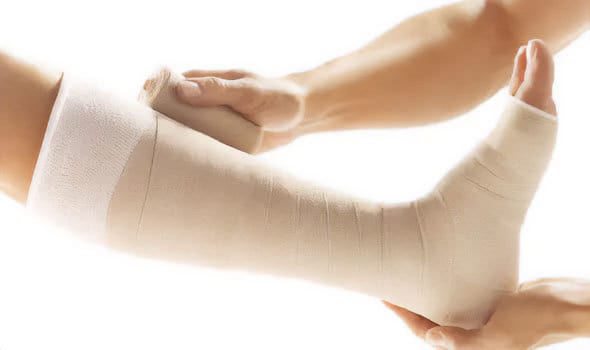 Source
Source
Maintaining Optimal Circulatory Health with Leg Compression Devices
By applying gentle pressure on veins surrounding injured areas, these devices promote increased blood flow and oxygenation in the targeted region. This helps prevent varicose veins, deep vein thrombosis (DVT), and other circulation-related issues.
- Better Blood Flow.
- Oxygen Delivery.
- Lymphatic Drainage.
Preventing Future Injuries through Consistent Compression Therapy
Athletes who take part in rigorous exercise regimens can experience tiredness and tenderness of the muscles that may result in injury if not managed correctly. By incorporating compression therapy into their regular recovery routine, athletes can effectively reduce muscle soreness and minimize the risk of injury.
- Pain Management: Regular compression therapy helps manage pain associated with various conditions like arthritis, fibromyalgia, and neuropathy.
- Muscle Recovery: Consistent application aids in faster recovery after intense physical activities by promoting better oxygenation and nutrient delivery to damaged tissues.
- Injury Prevention: Improved circulation reduces the chances of developing future injuries related to poor blood flow or weakened muscles due to repetitive strain.
FAQs in Relation to Cryotherapy Leg Compression
Should You Do Compression Before or After Cryotherapy?
It is generally recommended to perform compression therapy after cryotherapy. Cryotherapy helps reduce inflammation and alleviate pain, while compression therapy enhances circulation and further aids recovery.
What Does Cryo Compression Do?
Cryo compression combines the benefits of cryotherapy and active pneumatic compression to promote healing, reduce swelling, and alleviate pain in injured or post-surgical tissues. This combination treatment accelerates recovery by reducing inflammation through the cold application while enhancing blood flow with dynamic intermittent pressure.
Does Cryotherapy Help with Circulation?
Yes, cryotherapy can improve circulation by causing vasoconstriction followed by vasodilation upon rewarming. This process flushes out metabolic waste products from the affected area and increases oxygen delivery to the tissue, promoting faster healing and reducing muscle soreness.
What Are the Three Effects of Cryotherapy on Soft Tissue Injury and the Inflammatory Process?
- Reduces inflammation: Cold temperatures constrict blood vessels, limiting fluid accumulation at the site of injury.
- Pain relief: The cooling effect numbs nerve endings temporarily, providing analgesic effects without medication dependency risks.
- Faster recovery: By decreasing cellular metabolism during cold exposure, less secondary damage occurs within injured tissues leading to accelerated healing times overall.
Conclusion
In conclusion, a cryotherapy leg compression is a powerful tool for postoperative recovery and managing swelling. Combining cryotherapy with active compression therapy can enhance circulation and reduce inflammation, while the NormaTec system offers advanced compressed air technology that has become popular among professional sports teams and athletes. Regular leg compression therapy can also provide long-term benefits by alleviating repetitive strain injuries and improving circulatory health in daily life routines.
If you’re interested in incorporating this technique into your wellness routine, check out Smart Living Now for helpful insight.

